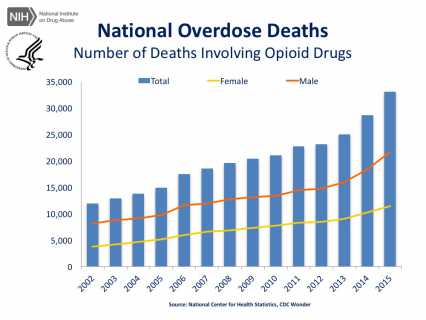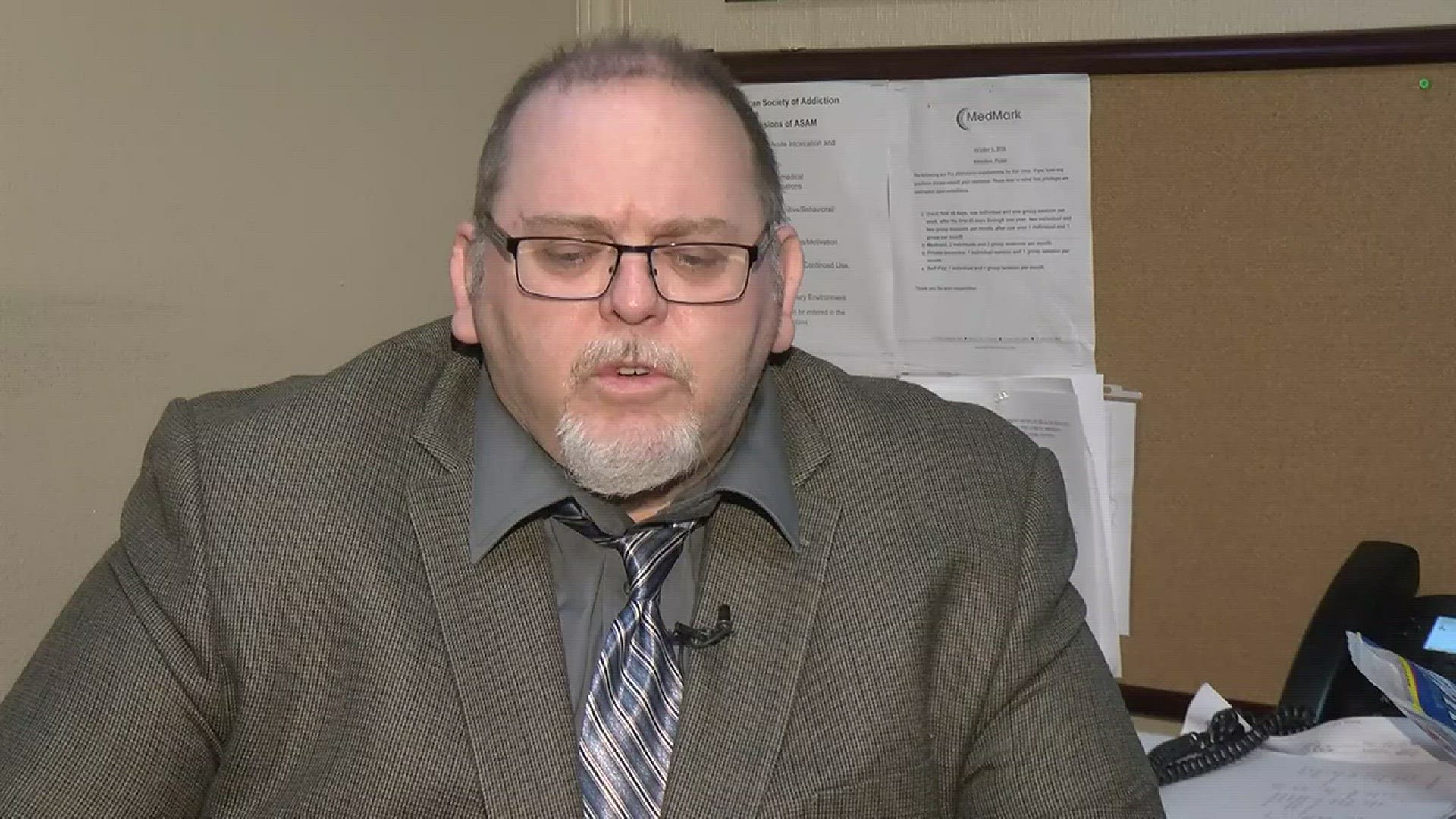More than a half-million Americans have died from drug overdoses since the turn of the century.
That's according to the Center for Disease Control which also stated that prescription rates, although remaining high, have been declining since peaking around 250 million prescriptions in 2012.
However, the number of deaths tied to the crisis continue to climb, leaving a reason for concern.
According to the New York Times, more Americans overdosed on opioids in 2016 than died from HIV/AIDS in 1995 and the Vietnam War.
Chad Singletary has been a clinical supervisor at Medmark Treatment Center in Waco since March 2017. He said their facility is licensed for 250 patients and is operating at capacity with 100 percent of patients being treated for opioid addiction.
"Seventy-five percent of the patients that we have are patients that were diagnosed with some type of chronic pain," Singletary said. "They were prescribed opioids for the pain and it became a problem."
It leaves doctors in a sticky situation.
Dr. Joshua Parker at ExpressER in Waco said when patients are experiencing severe pain, it's treated as an emergency. But with the crisis opioids have presented, it leaves them balancing the fight against them and their effectiveness in fighting pain.
"You obviously don't want anybody to be addicted to drugs," Parker said. "You want to prevent every single overdose death you can as a physician. But at the same time, you have to make sure you're treating pain appropriately."

The National Institute of Drug Abuse cites an increase from 2002-2015 in opioid-related deaths (see above).
"We've seen a decline in prescription patterns thanks to a lot of state initiatives and prescription monitoring," Parker said. "But the death rates are still climbing which is concerning."
As prescriptions have dropped, illegal opioid possession has spiked. Sgt. Patrick Swanton with the Waco Police Department said possession of opioid drugs without a prescription could lead to a charge of felony possession of a controlled substance or a dangerous substance, depending on what it is.
The increase of the drugs on the street has forced Waco Police, and other departments to issue nasal spray.
"We've gone to issuing each officer a Narcan nasal spray which will start to take the effects of opioids away from an abuser," Swanton said.
Getting off of opioids is anything but easy. Many opioid prescriptions are for chronic or severe pain.
So, treatment centers like Medmark, a Methadone treatment center, try to find a way to control someone's pain but get them off of opioids.
The Substance Abuse and Mental Health Services Administration oversees medication-assisted treatment in the U.S. In order for patients to receive Methadone treatment they have to:
- prove addiction to opioids for more than 12 months
- have tried two drug-free treatments
"When they come here, it's their last opportunity to get help," Singletary said.
Texas Governor Greg Abbott in 2016 announced an almost $10 million grant to investigate the role of drug corporation McKesson Corporation's role in the crisis.
That fits in line with what Dr. Parker said could help keep treatment centers like Medmark from operating at capacity and make the Narcan in a police officer's pocket un-needed.
"I think if you approach it from a collaborative approach with patients, doctors, and policymakers and you try to find balance with both extremes, I think that's probably the best guiding principle," Parker said.
McLennan County joined a lawsuit against manufacturers of opioid drugs, claiming in part that the industry targeted vulnerable patients.
For more on that lawsuit, click here.

